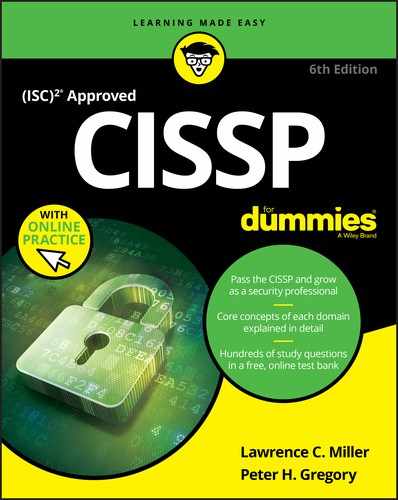Book Description
Secure your CISSP certification!
If you’re a security professional seeking your CISSP certification, this book is a perfect way to prepare for the exam. Covering in detail all eight domains, the expert advice inside gives you the key information you'll need to pass the exam. Plus, you'll get tips on setting up a 60-day study plan, tips for exam day, and access to an online test bank of questions.
CISSP For Dummies is fully updated and reorganized to reflect upcoming changes (ISC)2 has made to the Common Body of Knowledge. Complete with access to an online test bank this book is the secret weapon you need to pass the exam and gain certification.
- Get key information for all eight exam domains
- Find test-taking and exam-day tips and tricks
- Benefit from access to free online practice questions and flash cards
- Prepare for the CISSP certification in 2018 and beyond
You’ve put in the time as a security professional—and now you can reach your long-term goal of CISSP certification.
